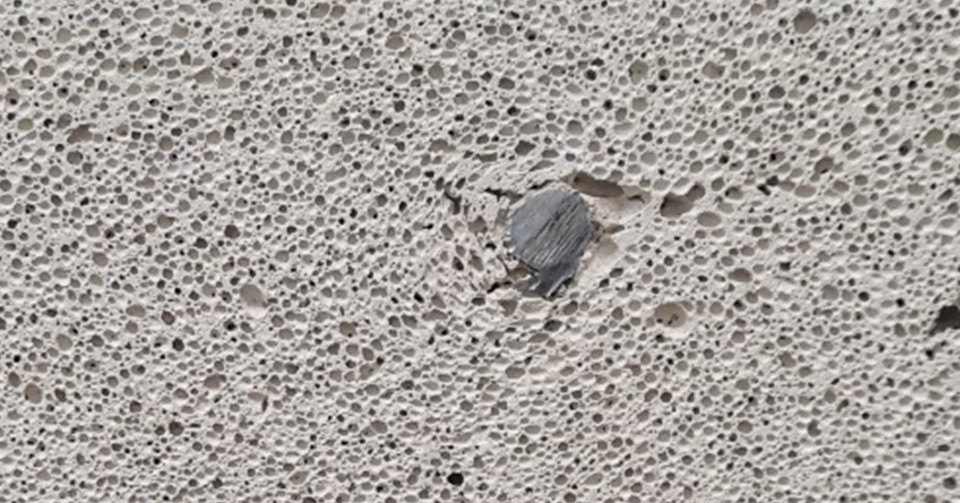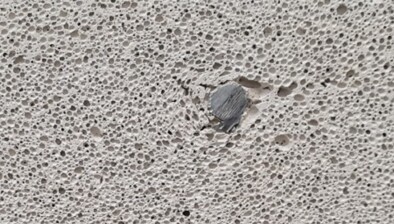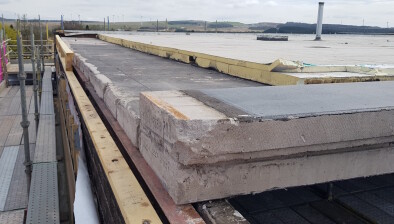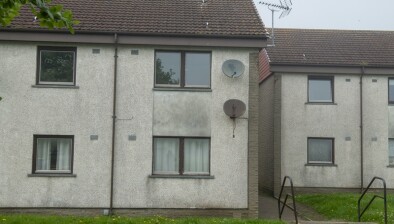RAAC identified in Clackmannanshire homes

Reinforced Autoclaved Aerated Concrete (RAAC) has been discovered in more than 100 council homes in Clackmannanshire following an extensive inspection.
A report presented to councillors revealed that a desktop study of the council’s entire housing portfolio was undertaken in order to identify any property suspected of having RAAC.
RAAC is a lightweight form of precast concrete, frequently used in buildings in the UK from the 1950s to the 1990s. It is mainly found in roofs.
It is less durable than traditional concrete and there have been problems as a result, which could have significant safety consequences.
Properties were identified, a survey programme drawn up and this was completed on Friday 20 October.
Of the 445 homes which were initially considered to potentially contain RAAC, 343 have been found to contain no RAAC at all.
Councillors heard the RAAC found in seven blocks, containing 72 homes, is in a condition which does not pose immediate concern and is able to be “managed and monitored”.
However, councillors also heard that RAAC was found to be in poor condition in three blocks of flats, containing 30 homes, and that the buildings were declared unsafe.
The affected buildings were 75-97 Chapelle Crescent, 6-22 Park Street and 35-51 High Street, all in Tillicoultry.
Some owners and council tenants of those buildings that were evacuated were provided accommodation within hotels nearby or were able to stay with family or friends. Other assistance was offered in line with our statutory obligations.
The affected residents continue to have a direct point of contact from the council’s housing service and are being kept informed and provided with advice and updates.
The meeting also heard that desktop surveys took place on our schools portfolio last year, and that seven schools were identified as potentially having RAAC.
However, following further, detailed investigations at the schools no RAAC was found.
Council staff are also currently carrying out a desktop study of our social work and care home estate, civic buildings and commercial estate to determine the need for any on-site survey works to be undertaken for presence of RAAC.
So far there has been no property identified as requiring an on-site survey.
Councillor Jane McTaggart, spokesperson for housing and property, said: “We recognise this has been a worrying and challenging time for the residents directly affected.
“Council staff have been working really hard to provide as much support as is possible to the individuals and families involved and will continue to do so.”

















